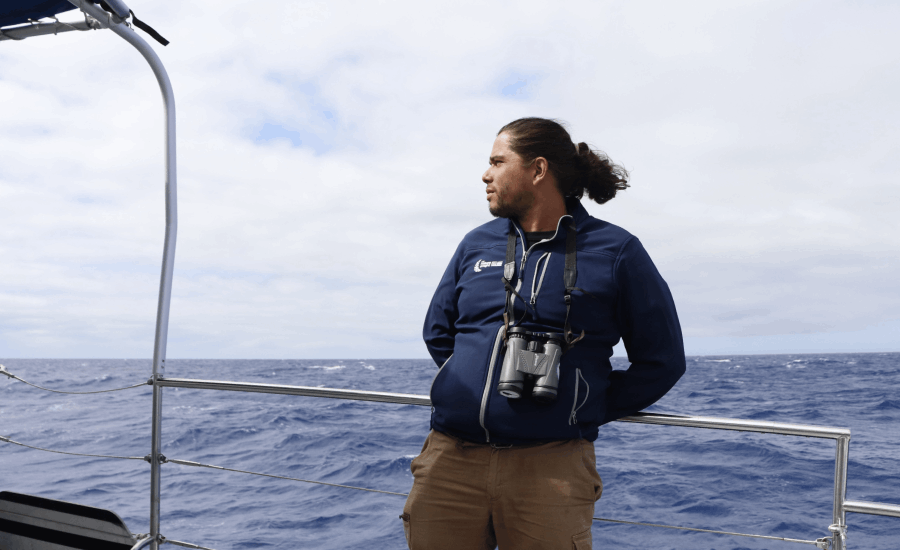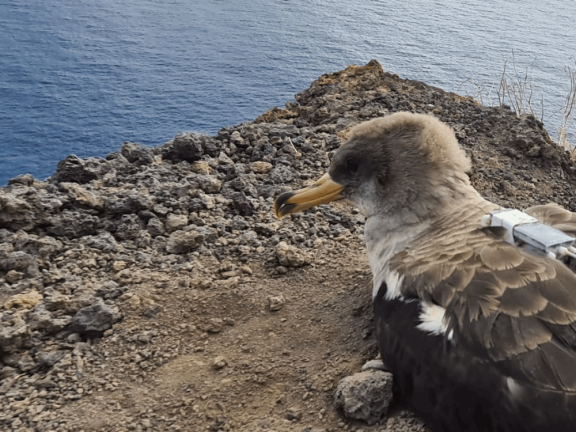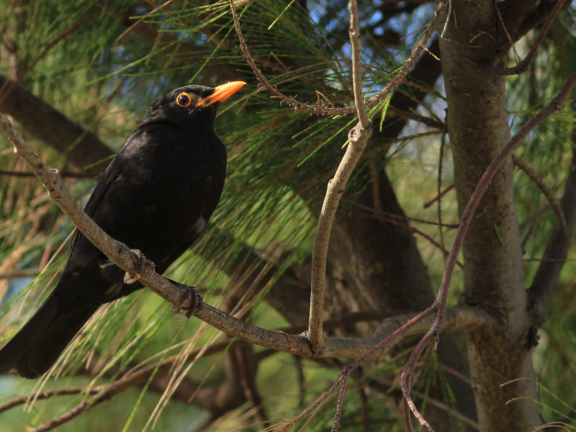Our SPEA team recently returned from another expedition to the Desertas Islands Nature Reserve, where, for two intense weeks, they dedicated themselves to monitoring seabirds, specifically Cory’s shearwaters (Calonectris borealis) and Bulwer’s petrels (Bulweria bulwerii).
During the crossing between islands, they were surprised by several species: black-footed albatrosses, numerous shearwater rafts, and even bottlenose dolphins (Tursiops truncatus), which graced the team with their presence alongside the boat on which they were sailing.
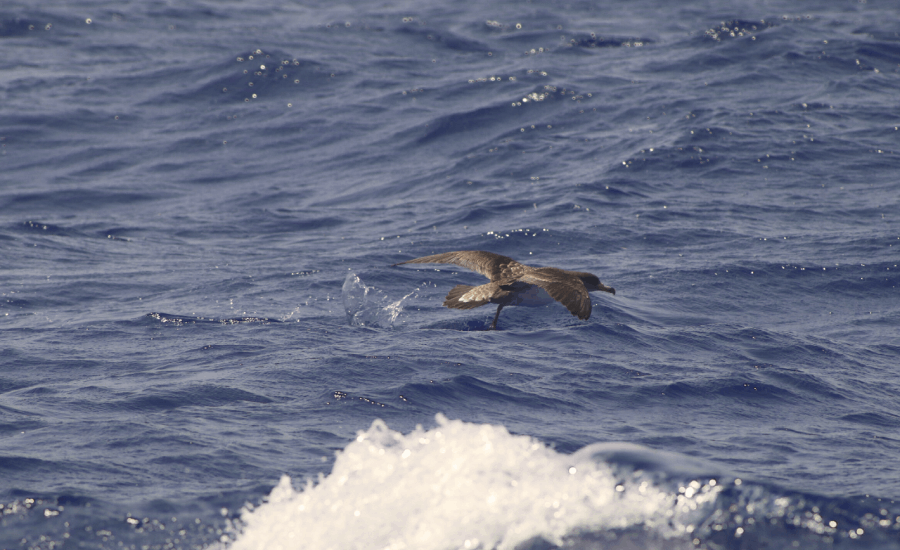
Upon arrival at Fajã da Doca, the bare rock and almost non-existent undergrowth make the name Desertas seem appropriate. But despite the apparent inhospitability of these islands, you don’t have to walk far to find fauna and flora that are unique in the world. These are authentic treasures of wildlife that struggle daily with the desert adversities so characteristic of the area. In terms of birdlife, it was possible to observe, for example, Berthelot’s pipit (Anthus berthelotii), endemic to the Canary Islands and Madeira, and the Azores canary (Serinus canaria), endemic to the Azores, Canary Islands, and Madeira. In terms of flora, it was possible to identify species of Mesembryanthemum sp., Matthiola maderensis, Echium plantagineum, Suaeda vera, and Euphorbia piscatoria.
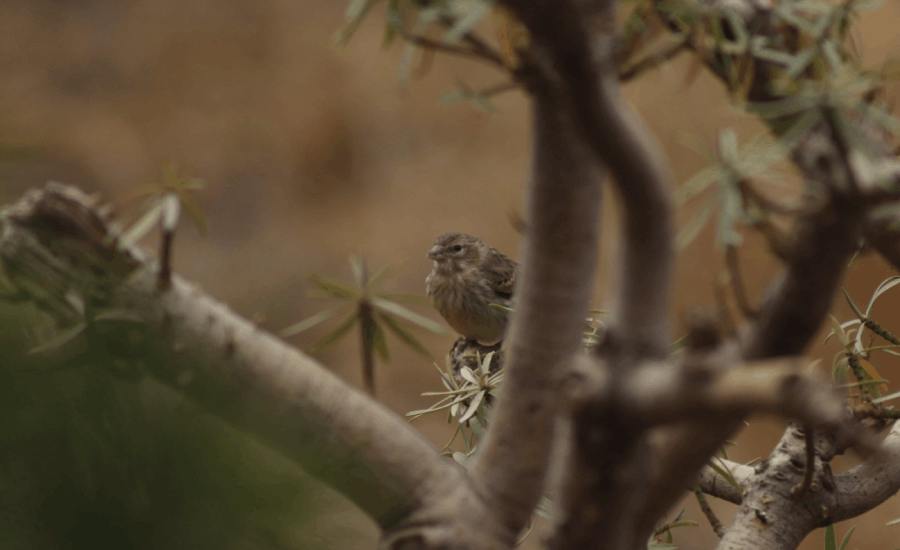
The purpose of the stay was to prospect and monitor nests of Cory’s shearwaters and sooty shearwaters, work that is carried out during the various reproductive phases of these birds. We are currently in the incubation phase, a period in which breeding pairs remain in their nests incubating their eggs. This monitoring is essential to assess the egg abandonment rate and estimate the total number of breeding pairs in the area, which are key indicators for understanding the reproductive success of the species. Later, the juveniles will leave their nests and begin their first journeys towards the sea, during the months of September for the black-winged terns and October/November for the juvenile Cory’s shearwaters.
The team has been engaged in various tasks, namely monitoring the nests through plots. This methodology consists of delimiting an area, in this case circular, and it was possible to identify 36 of the 40 planned points. In addition, it was possible to identify about 50 new individuals through the ringing method, where biometric data from these birds are also collected, contributing to an essential database for studying the behavior, longevity, and reproduction of these species.
Small tracking devices (GPS and GLS) were also installed on several shearwaters, allowing us to monitor their movements at sea and study the impact of light pollution on their flight paths.
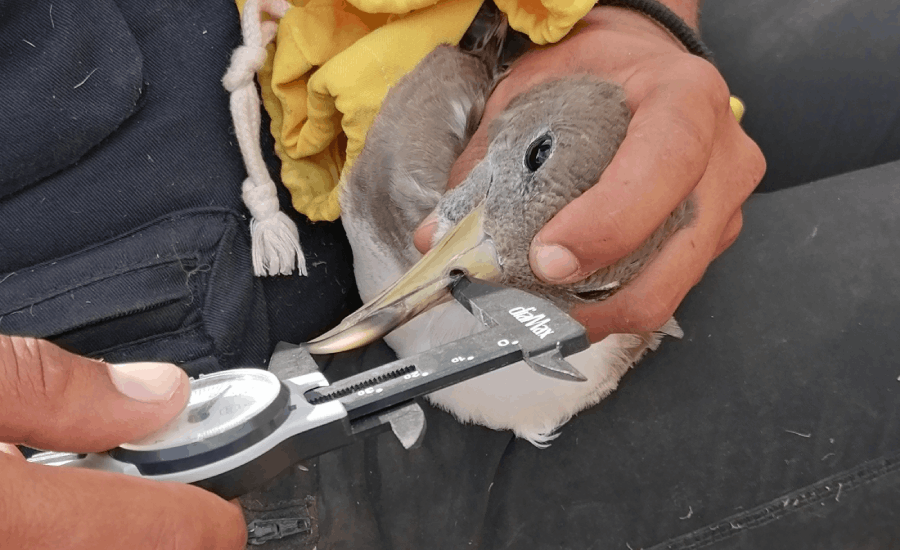
The team will continue its monitoring work on the Desertas Islands: with more than 100 black-winged stilt nests and more than 50 Cory’s shearwater nests being monitored until the end of this breeding season, where around 25 Cory’s shearwater nests already have breeding pairs with eggs. In the case of sooty terns, five dozen pairs are already feeding their young, with the first egg hatching on July 23.
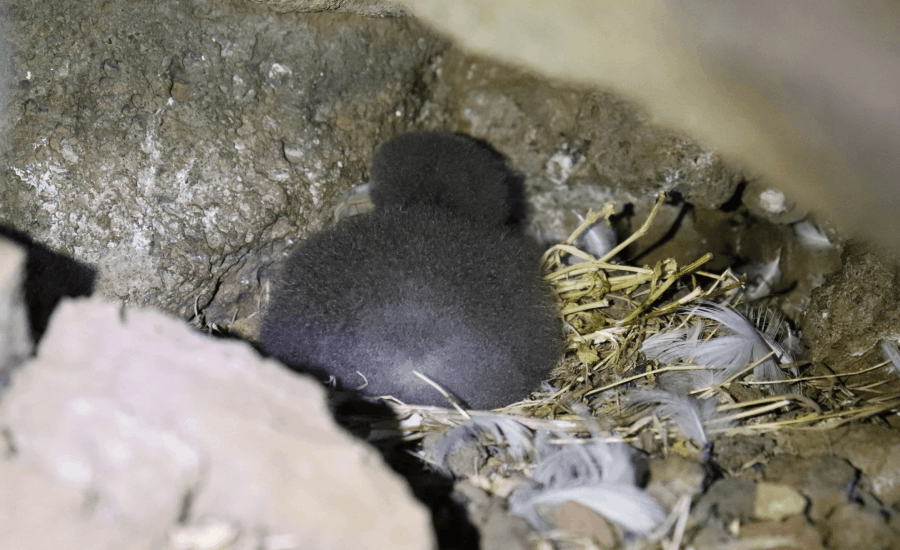
This work is only possible thanks to the support and synergy with other institutions. The team would like to thank, in particular, the IFCN – Institute of Forests and Nature Conservation, partner of the LIFE Natura@night project, which has always made it possible to stay on the Desertas Islands. To the Nature Watch team, for their companionship and support during our stays. And finally, to the company VMT Madeira, for their availability and help with the crossings between islands.
